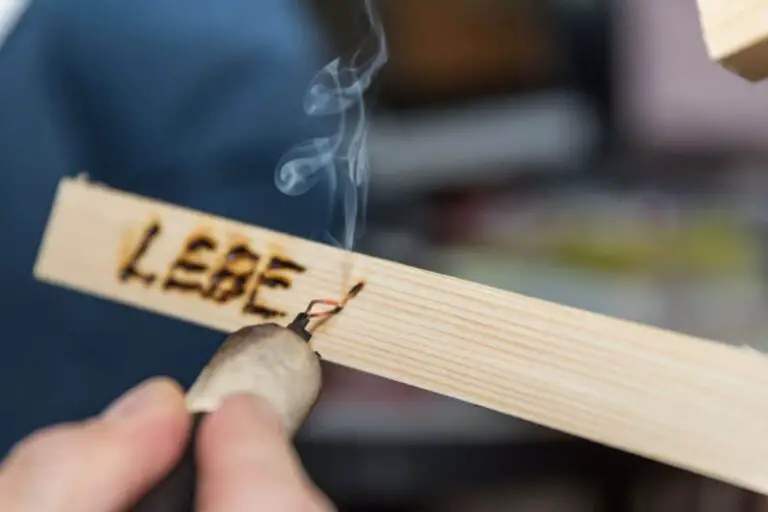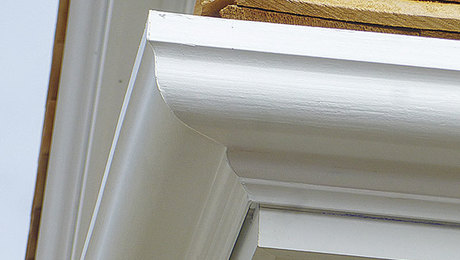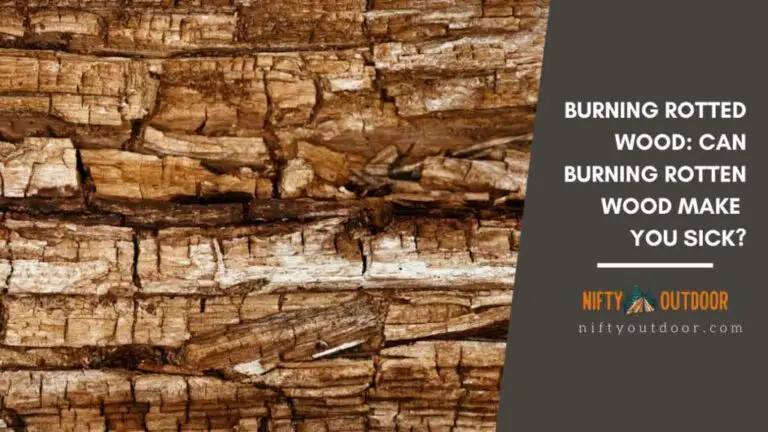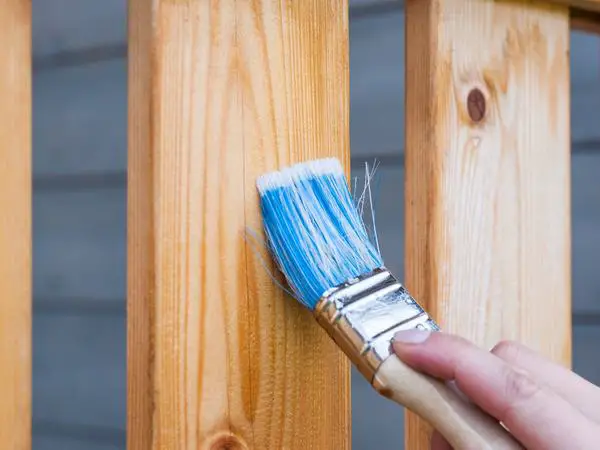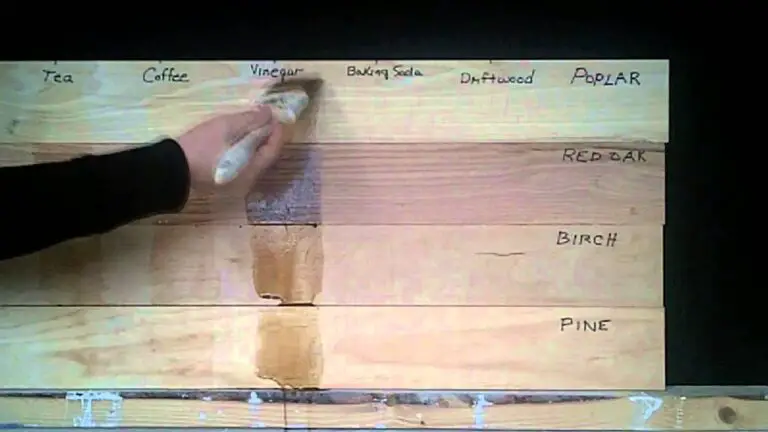Why Do Wood Floors Creak: Discover the Surprising Reasons
Wood floors are a timeless and elegant choice for any home, but they can develop an annoying problem over time – creaking. If you’ve ever tiptoed through a room trying to avoid those loud creaks, you’re not alone. Understanding why wood floors creak can help you take the necessary steps to prevent or fix this common issue.
1. Natural Expansion and Contraction
Wood is a natural material that reacts to changes in temperature and humidity. As the seasons change, wood floors can expand and contract, causing the floorboards to rub against each other and the subfloor. This friction is what produces the creaking sounds.
2. Insufficient Subfloor Fastening
Improper installation of the subfloor can also lead to squeaky floors. If the subfloor wasn’t securely fastened to the floor joists during installation, it can create gaps or movement that cause the wood floor to creak when walked on.
3. Age and Wear
Over time, the constant traffic and wear and tear on wood floors can lead to creaking. The repeated pressure from walking, jumping, or moving furniture can cause the floorboards to loosen or the fasteners to degrade, resulting in a noisy floor.
4. Moisture and Water Damage
Excess moisture or water damage can weaken the wood and subfloor, leading to creaks and squeaks. Whether it’s from spills, leaks, or high humidity levels, moisture can compromise the integrity of the wood and create noisy spots throughout the floor.
5. Lack of Maintenance
Failure to maintain wood floors can also contribute to creaking. Without proper care and maintenance such as refinishing, resealing, or tightening loose floorboards, the floors can become more prone to developing creaks and squeaks.
Preventing and Fixing Wood Floor Creaks
Thankfully, there are several ways to prevent or fix creaky wood floors:
- Use Proper Installation Techniques: Ensure that the subfloor is securely fastened to the floor joists during installation to minimize movement and friction between the floorboards.
- Maintain Optimal Indoor Conditions: Keep a stable indoor humidity and temperature to reduce the natural expansion and contraction of the wood.
- Repair Water Damage Promptly: Address any spills, leaks, or moisture issues immediately to prevent long-term damage to the wood and subfloor.
- Regular Maintenance: Engage in routine maintenance such as refinishing, resealing, and tightening loose floorboards to keep the wood floors in top condition.
By taking these proactive measures, you can enjoy your wood floors without the annoyance of creaks and squeaks.

Credit: raisingkidswithpurpose.com
Frequently Asked Questions Of Why Do Wood Floors Creak: Discover The Surprising Reasons
Why Do Wood Floors Creak?
Wood floors can creak due to natural humidity changes, settling, or inadequate installation.
How Can I Prevent My Wood Floors From Creaking?
Prevent creaking by maintaining stable indoor humidity and ensuring proper installation.
What Are The Common Causes Of Creaky Wood Floors?
Improper subfloor preparation, loose fasteners, and seasonal changes can cause creaky wood floors.
Can Creaky Wood Floors Be Repaired?
Yes, creaky wood floors can be repaired by shimming, lubricating, or securing loose boards.
Conclusion
Wood floors creak for various reasons, including natural expansion and contraction, insufficient subfloor fastening, age and wear, moisture and water damage, and lack of maintenance. However, with proper installation, maintenance, and timely repairs, you can minimize and even eliminate creaking issues, ensuring that your wood floors remain a beautiful and functional feature of your home.

